GPT-5 Is Here. So Why Are You Still Waiting to Build?
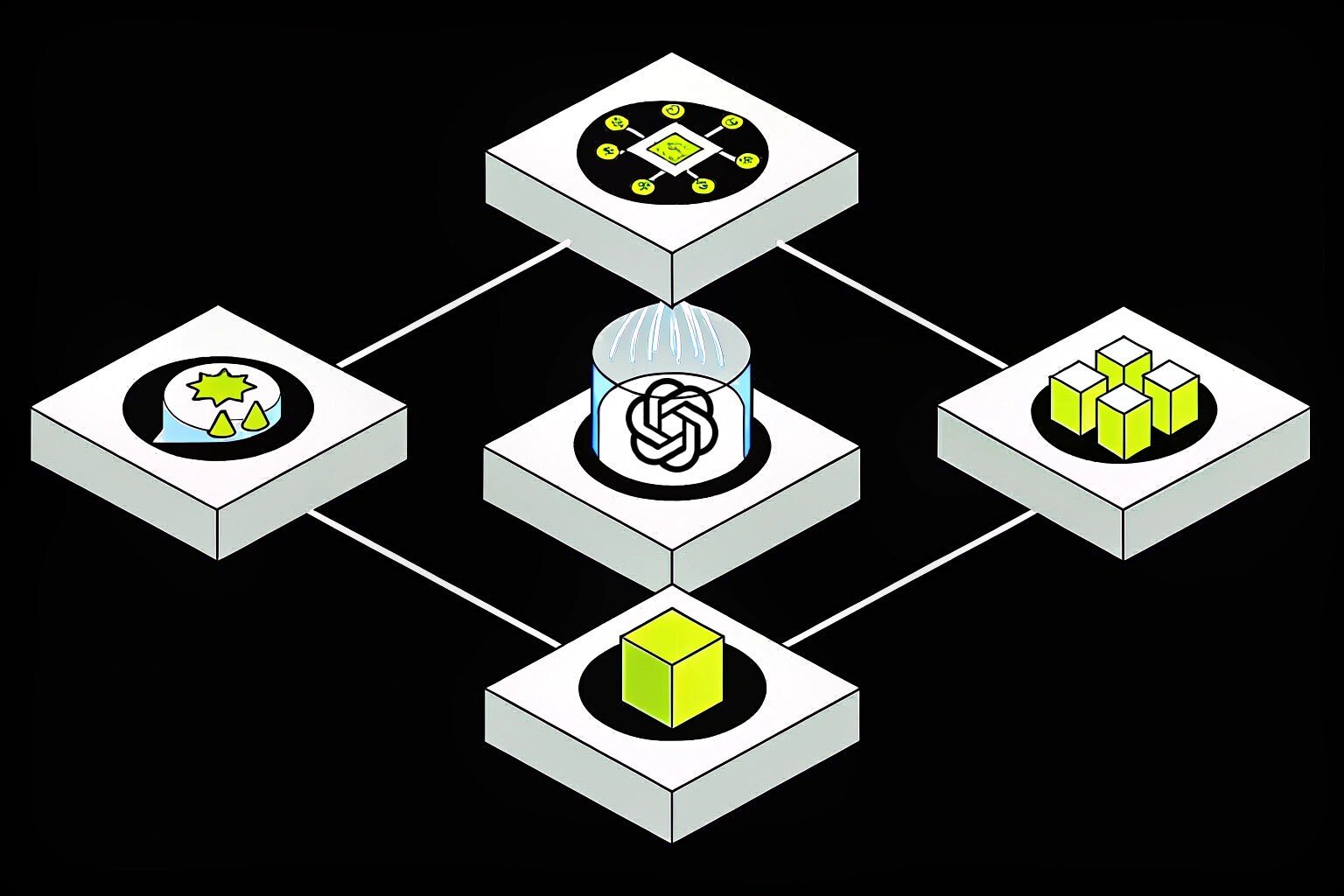
The release of OpenAI’s GPT-5 is the latest watershed moment for generative AI, pushing the boundaries of what's possible with LLMs. For engineering teams, this is a call to action. But without a unified platform, the path to leveraging a new frontier model is often paved with infrastructure headaches, security concerns, and complex integrations that can take weeks or months.
Cake is built to solve this. We provide a managed, open-source platform that enables teams to deploy solutions that leverage new models like GPT-5 in minutes, not months. Our value proposition isn't just speed; it's about providing a secure, reliable, and observable stack from day one, allowing developers to focus on product logic instead of operational overhead.

The traditional bottleneck: A disjointed and fragile Stack
Adopting a new model like GPT-5 in a traditional environment involves a series of critical, yet time-consuming, steps:
- API management: Adapting API clients and managing different agentic workflows and prompt versions across your application.
- Infrastructure & deployment: Containerizing custom applications, configuring parallelized orchestration with Ray, and setting up a guardrail-enabled, multi-tier inference proxy with LiteLLM.
- Vector database integration: Ensuring your RAG pipeline's vector database (e.g., Milvus) is optimized and available for high-volume throughput and compatible with the new model's embeddings.
- Cost control & rate limiting: Leverage OpenCost for budgeting and LiteLLM for rate limiting to manage costs, enforce prioritization, create redundancy, and provide granular visibility into token usage.
- Observability & debugging: Automatic tracing, logging, prompt versioning, evaluation, and monitoring to validate the new model's performance and debug issues.
Each of these steps introduces potential points of failure and requires deep expertise, transforming a simple model upgrade into a high-stakes, multi-team project.
Cake’s unified, production-ready ecosystem
Cake abstracts away this complexity by providing a pre-integrated, open-source stack designed for agility and security. Here's how our components work together to deliver the GPT-5 advantage:
1. A unified workflow with Langflow
Clients quickly prototype agentic workflows with the help of Langflow, an intuitive visual builder that allows engineers to design complex generative AI workflows as a Directed Acyclic Graph (DAG). This approach is not just for convenience; it's a powerful abstraction layer. To switch to GPT-5, a developer simply needs to update a single node in their workflow, and the change propagates seamlessly through the entire pipeline. This eliminates the need to rewrite code or manage manual integrations.
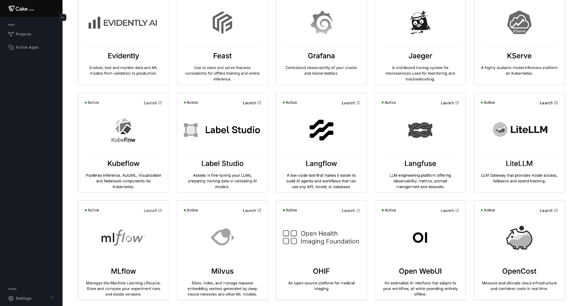
2. Seamless integration with core GenAI components
Our platform is not just a UI; it's a managed infrastructure layer. We provide pre-integrated, production-ready instances of the essential tools:
-
Milvus: Our managed instance of Milvus, a cloud-native vector database, is pre-configured to store and retrieve the vector embeddings of your data. The integration is seamless with Langflow, ensuring your RAG application is both fast and secure.
- Langflow: A modern age, intuitive, visual editor for agentic workflow design and orchestration, serving as the hub of AI solution architecture.
- LangFuse: Langfuse adds high-value observability and analytics to calls to models like GPT-5 by capturing detailed traces, spans, and metadata for every request. This allows you to measure latency, token usage, and cost per call, compare prompt versions, and run A/B tests across model configurations. With its OTEL-compatible traces and integration into dashboards like Grafana, Langfuse helps identify performance bottlenecks, monitor quality, and debug issues in complex LLM pipelines—turning otherwise opaque GPT-5 interactions into measurable, optimizable workflows.
3. Enterprise-grade security and cost control with LiteLLM
We handle the operational and financial complexities with our pre-integrated LiteLLM component. LiteLLM serves as a universal, OpenAI-compatible proxy that centralizes API key management and provides:
- Granular budgeting: Set and enforce budgets at the user, team, or project level. As GPT-5 is often more costly, this feature is critical for preventing unexpected spend during development and testing.
- Unified API access: LiteLLM provides a consistent API, allowing you to swap between different models and providers (e.g., GPT-4, Llama 3, GPT-5) without changing your application's code.
- Rate limiting & fallbacks: Configure rate limits to protect your application from excessive usage and set up intelligent fallbacks to other models if a provider's service is unavailable, as is often the case in the early days following frontier model releases.
4. End-to-end observability with Langfuse
Reliability in production requires deep visibility. Our pre-integrated Langfuse component provides an end-to-end observability layer for your LLM applications. It offers:
- Tracing & logging: Automatically traces every step of a request, from user input to final output, logging all API calls, prompts, and responses. This is invaluable for debugging model behavior.
- Evaluation & QA: Langfuse enables you to evaluate the quality of your GPT-5 outputs in a structured way, which is a key part of moving a new model from a test environment to a production release.
By managing the entire observability stack for you, Cake ensures that you can validate and deploy with confidence, without having to build a custom monitoring solution.
Why this matters
The GPT-5 announcement is more than just a new model; it's a new standard of agility. For engineering teams, the choice is clear: spend months on a fragmented, manual integration process, or leverage a platform like Cake where the core infrastructure is already in place. We empower teams to focus on delivering real value and innovative features, not on the complex and time-consuming operational work that holds them back.
About Author

Carolyn Newmark
Carolyn Newmark (Lead Product Manger, Cake) is a seasoned product leader who is helping to spearhead the development of secure AI infrastructure for ML-driven applications.
More articles from Carolyn Newmark
Related Post
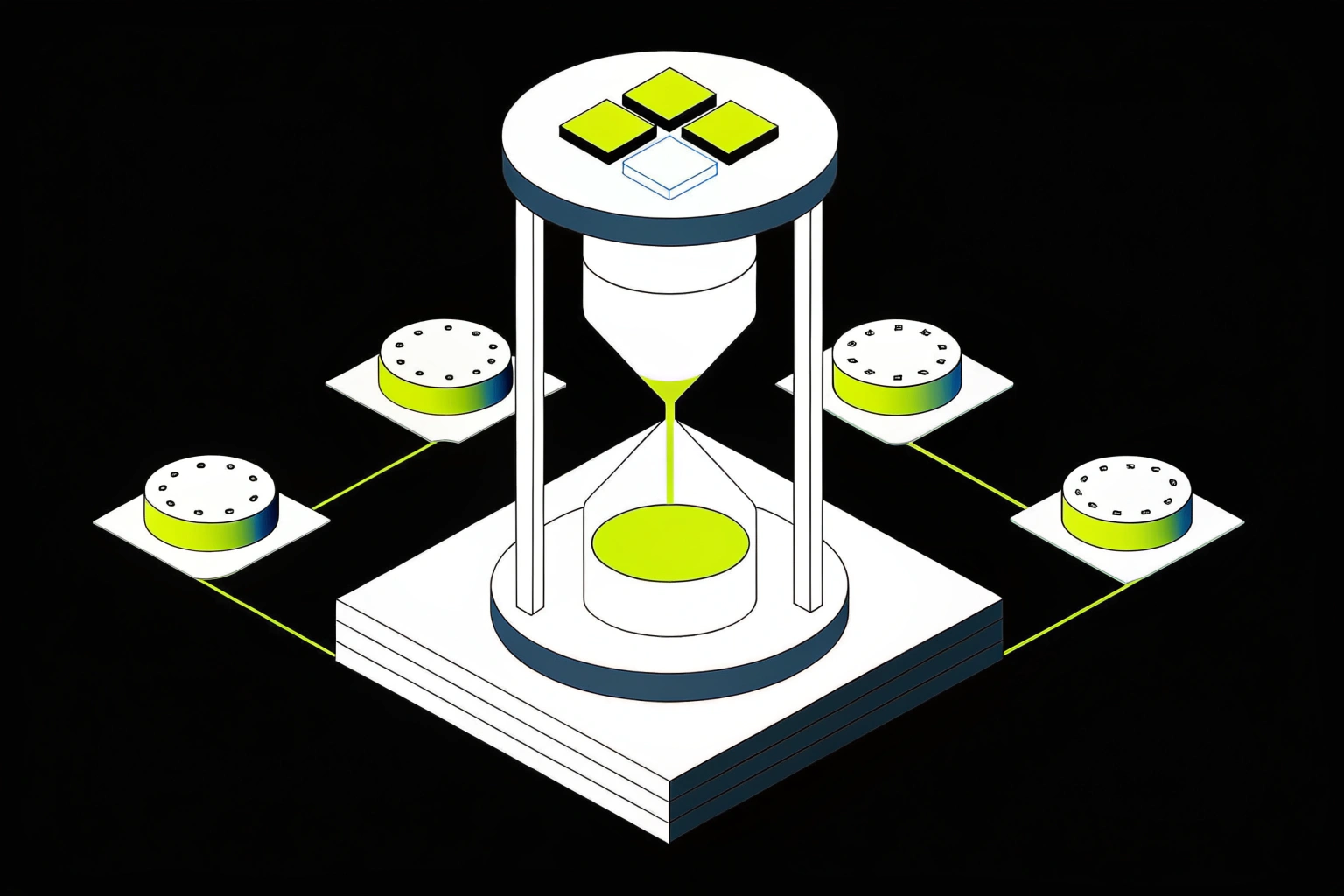
How to Build Scalable GenAI Infrastructure in 48 Hours (Yes, Hours)

Skyler Thomas
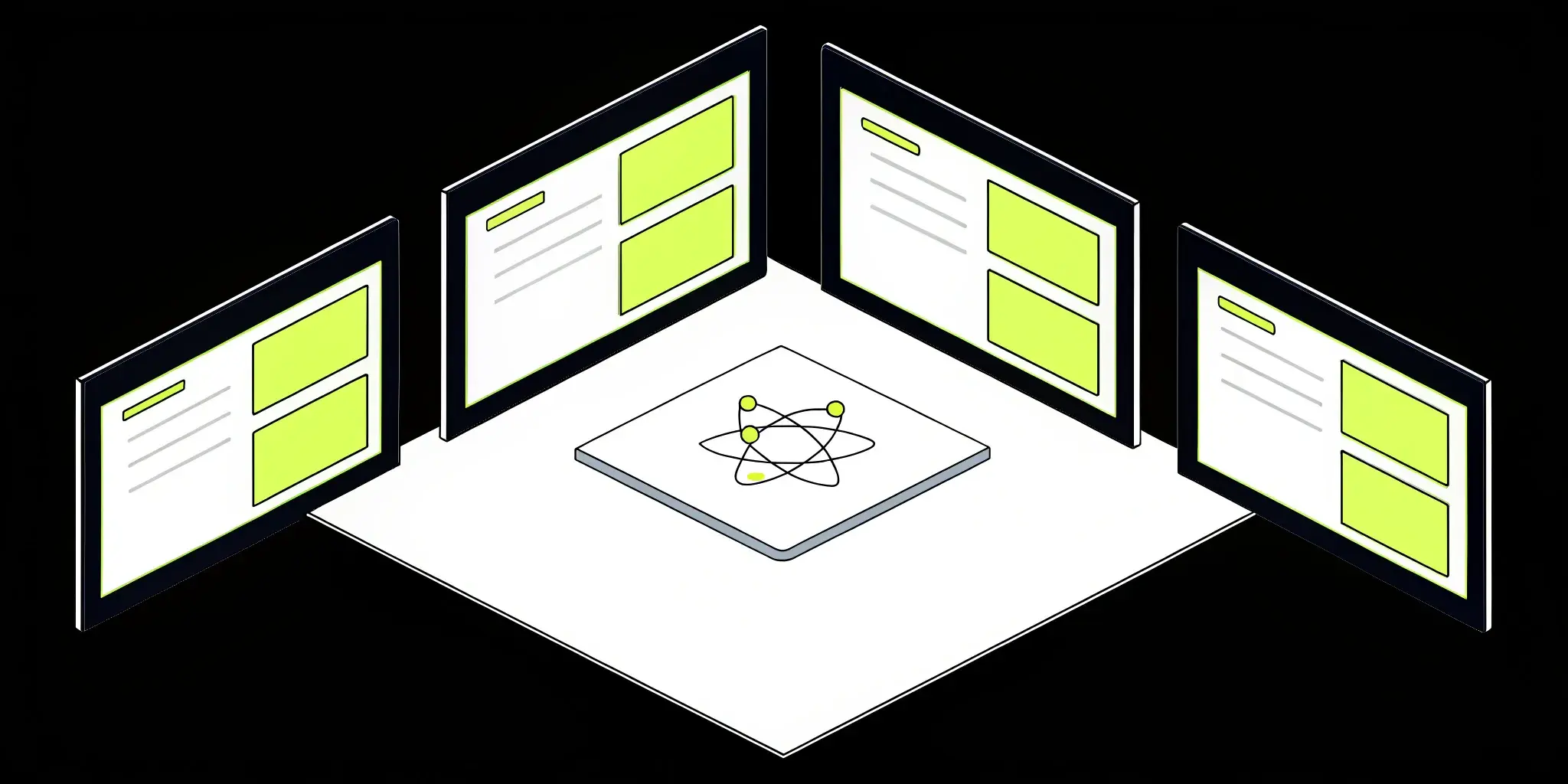
Top 10 Vector Databases: Choosing the Right One for Your Project

Skyler Thomas
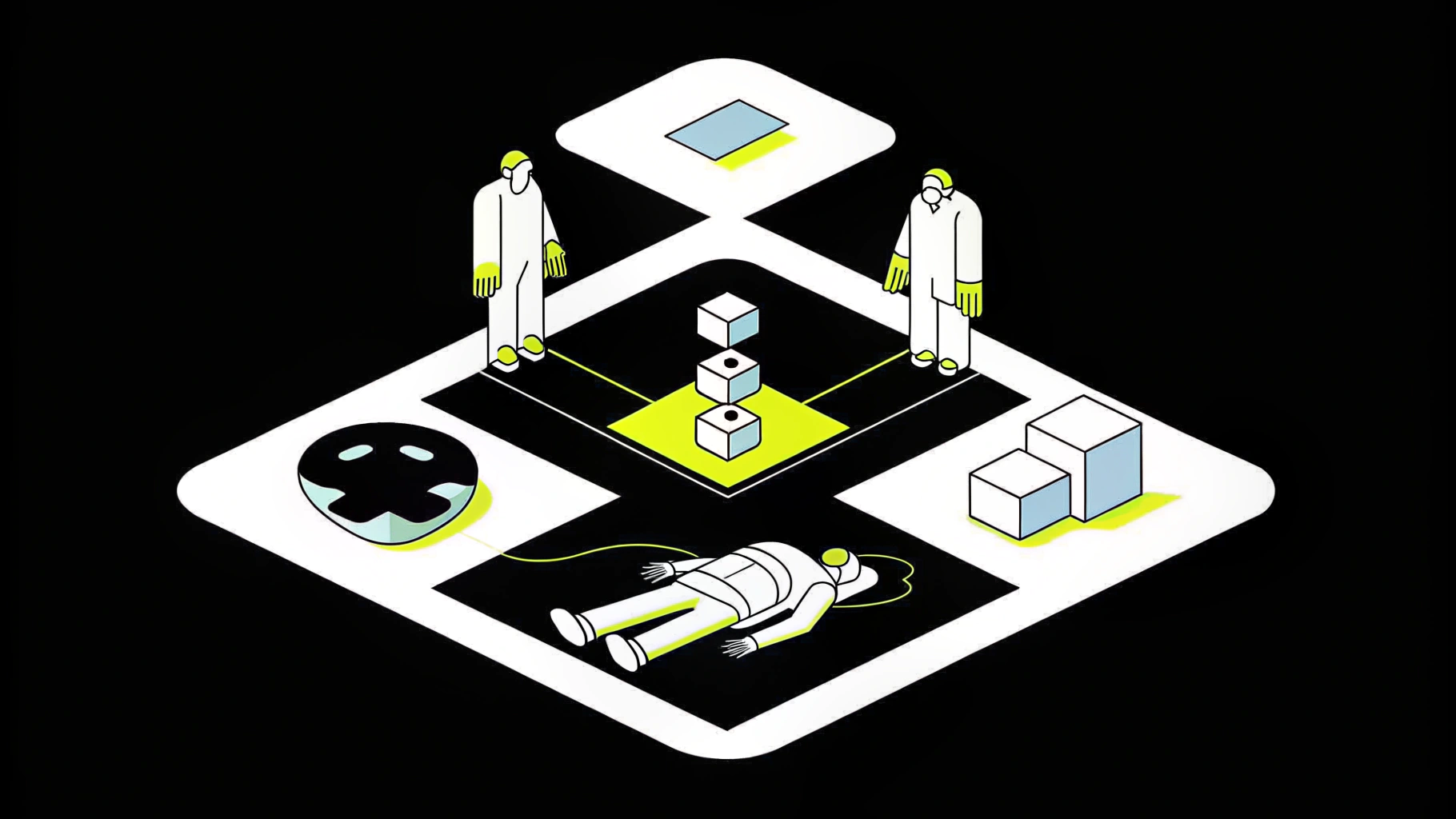
Why 90% of Agentic RAG Projects Fail (and How Cake Changes That)

Skyler Thomas
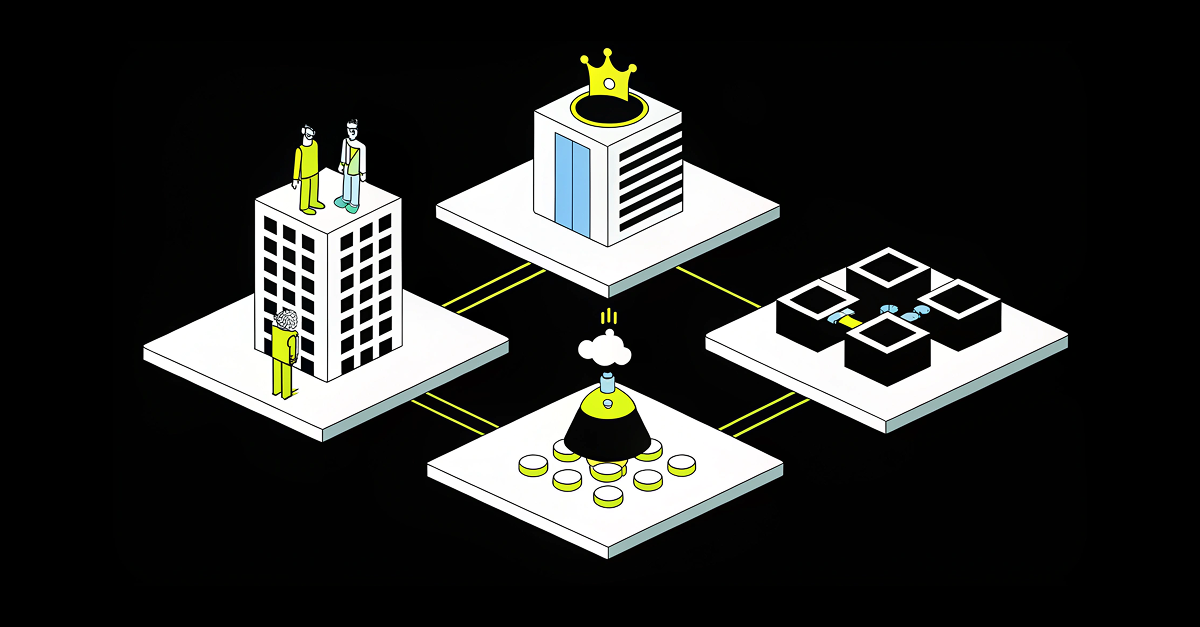
6 of the Best Open-Source AI Tools of 2025 (So Far)

Cake Team
